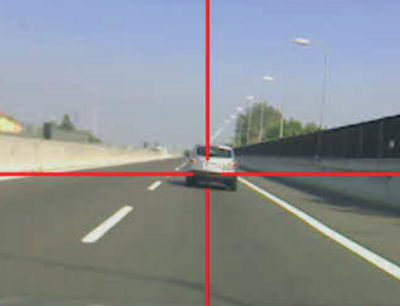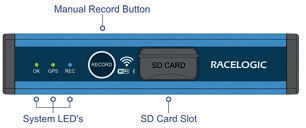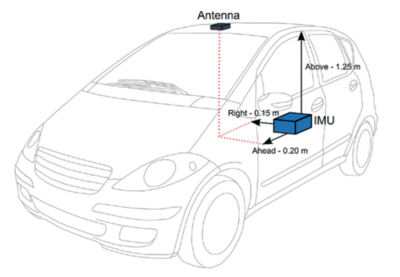More information
Main author
Ennia Mariapaola Acerra
Co-Authors
Navid Ghasemi, Claudio Lantieri, Andrea Simone, Valeria Vignali, Francesco Balzaretti
Type of media
Publication type
Lecture
Publication year
2019
Publisher
28 EVU Conference, Barcelona
Citation
-

Car driving is considered a very complex activity, consisting of different concomitant tasks, thus it is crucial to understand the impact of different factors such as road complexity, traffic, dashboard de-vices, and external events on the driver’s behavior and performance. For this reason, in particular situations the cognitive demand experienced by the driver could be very high, inducing an excessive experienced mental workload and consequently an increasing of error commission probability. One of these situations is related to the presence of different Advanced Driver Assistance Systems inside the car, because the interaction with these devices can represent an additional source of driving-related distraction.
The main objective of this paper is to investigate the Perception-Reaction Time (PRT) of drivers during the use of Adaptive Cruise Control (ACC). The achievement of these parameters will be per-formed through devices that allow the quantification of data useful for the accident reconstruction. In this study, subjects will be involved in real driving experiments. The participants will be selected in order to have a homogeneous experimental group in terms of age, sex, and driving expertise. They will be unaware of the research scope. During the driving experiments, eye gazes will be recorded through Eye-Tracking (ET) device and vehicle trajectory is monitored using a GPS device mounted on the car (VBOX Pro). To evaluate drivers’ behaviour and PRT when they use ACC system, a real-scenario driving test on an urban highway has been specially designed. In particular, a series of approach manoeuvres between two vehicles (car-following scenario) have been analysed, monitor-ing both the vehicle with VBOX and the driver with Eye-Tracking.


(EVU-members can download the full article)